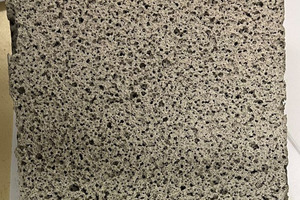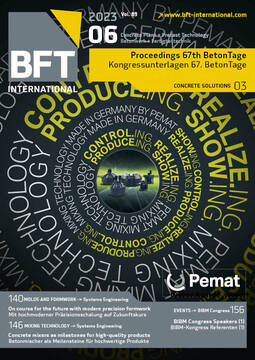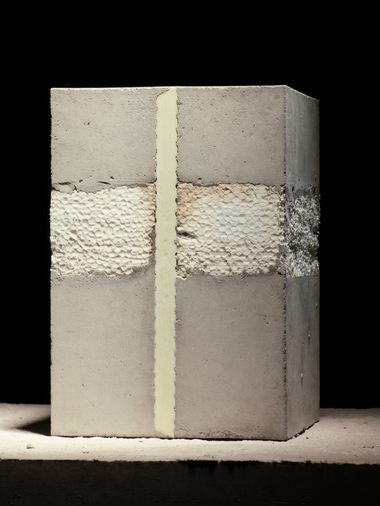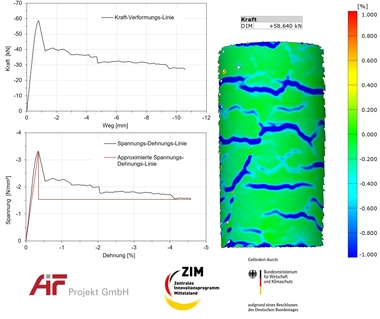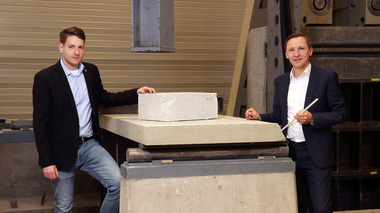High-insulation mineral foams for recycling separated
according to type
With the European Green Deal, the European Commission has presented an action plan that envisages a more efficient use of resources and the transition to a clean and circular economy in less than a decade. A major challenge is the need to accelerate the as yet insufficient successes in implementing energy efficiency measures in the European building sector. It is known that buildings are responsible for 40% of Europe’s energy consumption. This results in 36% of energy-related greenhouse gas emissions.
The Institute of Construction Materials is developing high-insulation mineral foams suitable for the production of construction products improving the energy efficiency of the building envelope. Currently,
nearly 40 million m³ of insulating construction products are sold annually in the German market for insulation materials. Polymer-based insulating materials account for a significant market share. But as a result of the EU requirements, there is an increasing demand for bio-based insulating materials. Mineralized foams, which have been the subject of research and development at numerous institutions for some decades, are regarded as an alternative. However, mineralized foams do not achieve the thermal insulation qualities of polymer-based insulation materials or artificial mineral fibers.
Research and development activities at the Institute of Construction Materials are therefore looking to find suitable material mixtures of protein or surfactant foams, cements with reduced clinker content and other concrete additives which, by means of coordinated procedures for manufacturing and mixing foam and binder paste, achieve a sufficient degree of robustness of the mineral foam to be further processed for the industrial manufacture of high-insulation construction products. Hydration of the binder mixture results in a mineralized foam with a homogeneous material structure characterized by uniform pore distribution. Depending on the characteristics of the pore structure, thermal insulation qualities can be achieved that are equal to or better than those of the known polymer-based insulation materials. Thermal conductivity values of less than 35 mW/(mK) have already been achieved at the Institute of Construction Materials. If aerogel particles are used, it is even possible to achieve values of less than 30 mW/(mK) with adapted manufacturing processes.
It is expected that an ongoing improvement of the mineral foams manufactured with aerogel particles will allow them to be used for manufacturing attractiveinsulation products that are eminently suitable for sound insulation, thermal insulation and fire protection. Thanks to a purely mineral composition of all the source materials, the resulting construction products would not only improve the energy efficiency of the structural components forming the building envelope but would also have proven sustainability. Not least, the mineralized foam would be fully recyclable as a construction product, thus also meeting the EU requirements in terms of circularity.

